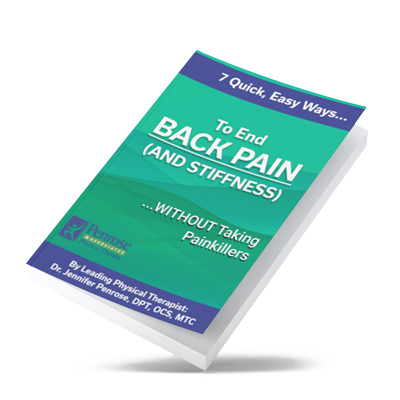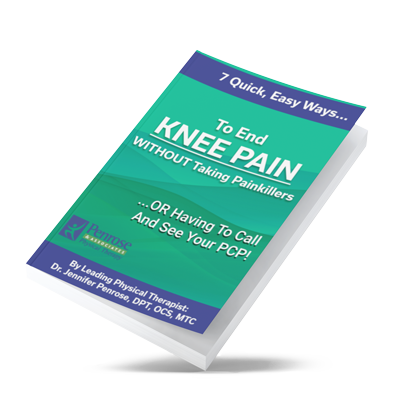Osteoporosis is often called a silent disease. Why? Because it can progress undetected for years without any obvious symptoms.
Imagine this: by the time osteoporosis becomes apparent, significant bone loss could have already occurred.
It’s a stark reality that affects millions globally, particularly impacting post-menopausal women and the elderly.
Yet, understanding the early signs of osteoporosis can dramatically alter its course, preserving mobility and independence.
Did you know that catching osteoporosis early can significantly reduce the risk of debilitating fractures?
Studies reveal that early intervention can mitigate the risk of a fracture by up to 50%.
That statistic alone underscores the critical need for awareness and proactive management of this pervasive condition.
In this blog, we’ll explore the early, often overlooked signs of osteoporosis, offering insights into how you can spot this silent threat before it compromises your quality of life.
Recognizing the Early Signs of Osteoporosis
Unexpected Fractures
One of the most alarming signs of osteoporosis is experiencing fractures from activities that wouldn’t typically cause such injuries.
For example, fractures resulting from a minor fall from a standing height or less, or even from simple daily activities like coughing or bending forward, are red flags.
These so-called “fragility fractures” typically occur in the spine, hip, or wrist and are indicative of weakened bones due to osteoporosis.
Reduction in Stature
Gradual loss of height over time is a common and often overlooked sign of osteoporosis.
This occurs due to the compression of vertebrae in the spine, often resulting from weakened bones that can no longer support the body’s structure effectively.
If you notice that you are fitting into clothes differently, or that you’re shorter compared to previous measurements at your doctor’s office, it’s worth discussing bone density tests with your healthcare provider.
Receding Gums
Your jawbone supports your teeth, and just like other bones, it can lose density as you age.
When the jawbone loses density, your gums can recede, and you might notice that your teeth appear longer or that your gums are pulling back.
While gum recession can be influenced by other factors like periodontal disease, when seen in conjunction with other signs, it could indicate changes in bone density.
Weaker Grip Strength
Studies have shown a correlation between weaker grip strength and lower bone mineral density.
This symptom can be particularly revealing, as the strength of your grip reflects not just the health of your muscles but also the underlying bone structure of your hand and wrist.
If you find it increasingly difficult to open jars, turn doorknobs, or carry grocery bags, it could be a sign that your bone health needs attention.
Brittle Nails
While brittle nails can be caused by many factors such as aging or nutritional deficiencies, they can also be an indicator of bone health, especially when occurring alongside other symptoms of osteoporosis.
If your nails break easily or have become more brittle over time, consider this as a prompt to evaluate your overall bone health.
Why These Signs of Osteoporosis Matter
Understanding these symptoms is crucial because osteoporosis can severely impact life’s quality without showing severe symptoms until bone fractures.
Early detection means early action, which can involve dietary adjustments, targeted exercise, and specific medical treatments to strengthen bones and reduce the risk of falls and fractures.
Your Next Step to Manage Osteoporosis and Improve Your Balance
Concerned about osteoporosis? It’s never too early or too late to seek professional advice.
Contact us at Penrose Physical Therapy to discuss your concerns and explore treatment options.
Our expert team is here to guide you through a personalized plan to manage osteoporosis and improve your balance.
At Penrose Physical Therapy, we are dedicated to not only treating but also preventing osteoporosis.
Call us today at (360) 456-1444 or visit our contact page to learn more.
Let’s work together to ensure your bones are strong enough to support a vibrant, active life.
Other FREE Resources To Improve Balance
Here Our Podcast – Falls and balance! Interview of a patient after a fall, surgery, and returning to function at 83 years old!
Read Our Blogs – How to Improve Balance and Reclaim Independence






